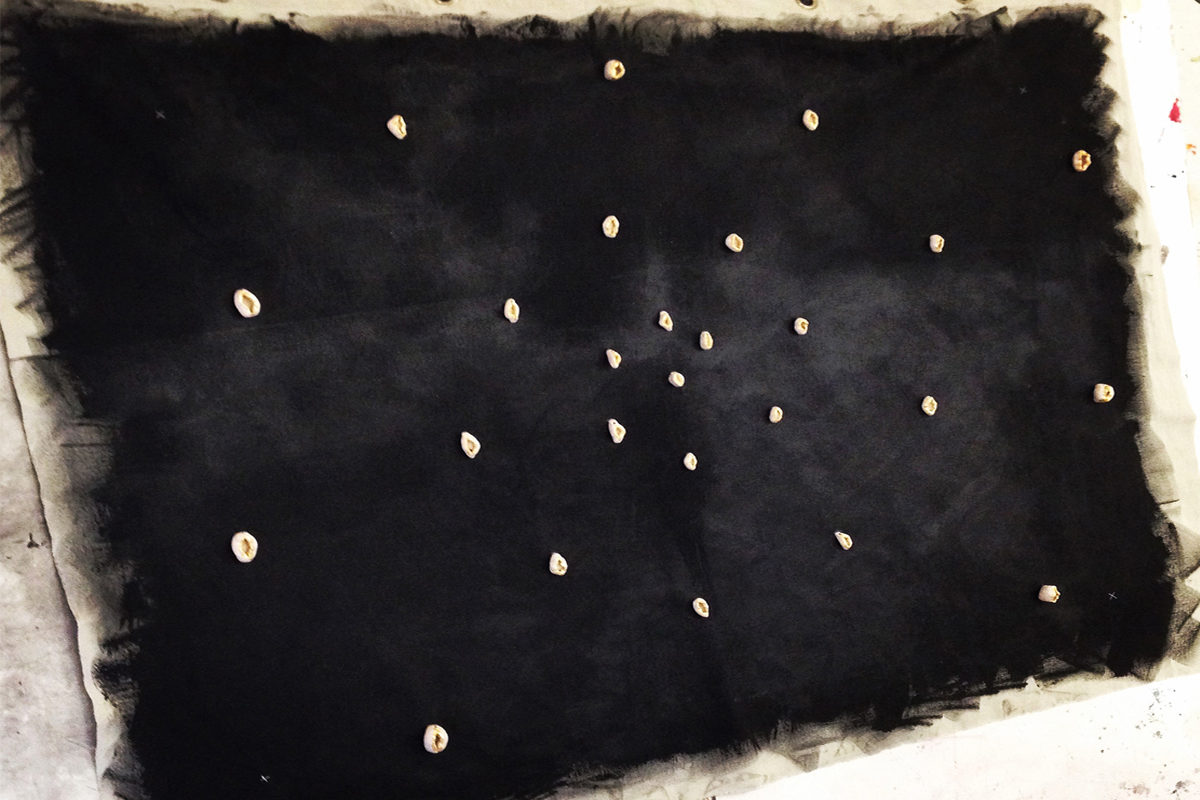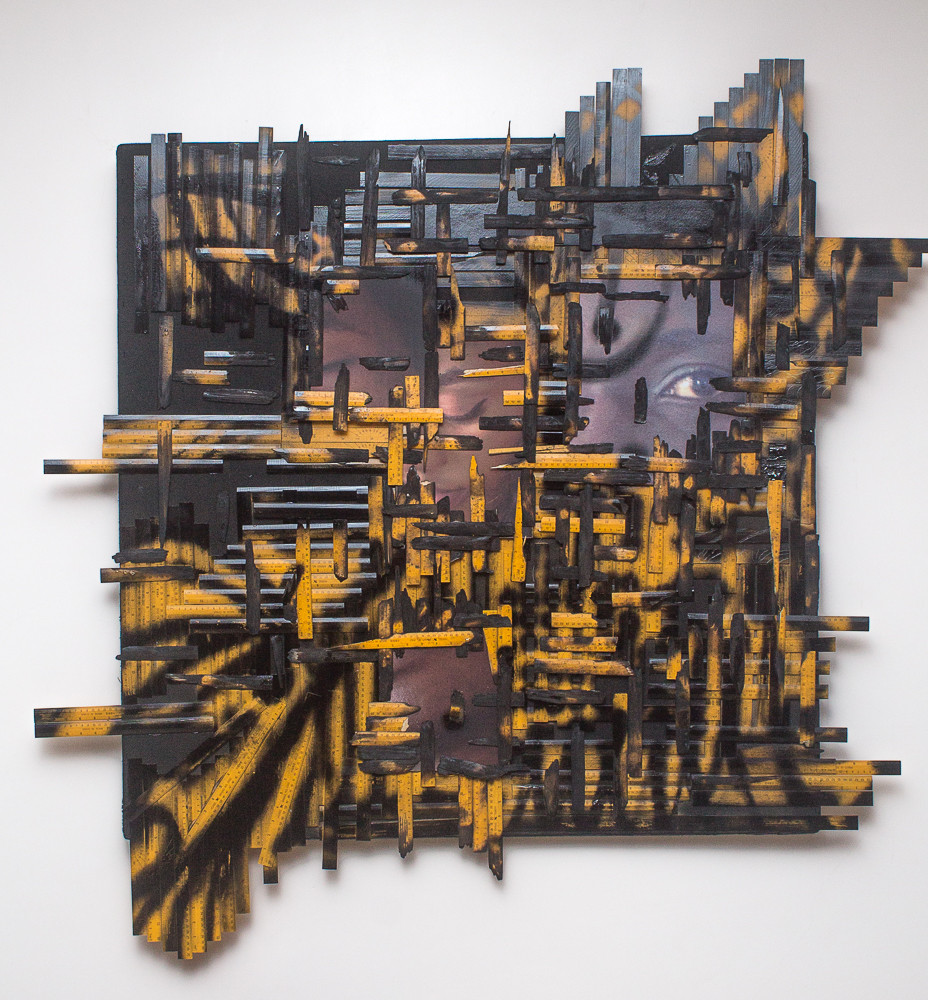Guillermo Bernal, Erin Genia, Emily Toomey, and Dipo Doherty
Every artist’s body of work represents their creative vision and artistic evolution. For younger artists, a portfolio also points to their future potential.
Winners of the 2019 Harold and Arlene Schnitzer Prize in the Visual Arts represent four outstanding student portfolios. Each of these artists contributes to a vital art ecosystem that animates MIT’s culture.
Established in 1996, the Harold and Arlene Schnitzer Prize is awarded each year to current MIT undergraduate and graduate students for excellence in a body of work. Students submit their artistic portfolios for consideration. The first place winner receives $5,000, second place $3,000, third place $2,000, and honorable mention $1,000. Their work is presented in an exhibition in the Wiesner Student Art Gallery in June.
The 2019 Schnitzer Prize winners attest to the broad range of visual artistic expression that thrives at MIT. Awardees work in virtual reality, art and cultural education, indigenous art, and painting.
First Prize: Guillermo Bernal, Second Year Graduate Student, Media Lab (Fluid Interfaces Group)
Guillermo Bernal believes virtual reality should be more expressive. “If you go to any state-of-the-art virtual reality platform, you’ll see avatars with faces that are static masks,” says Bernal, a PhD student in the Fluid Interfaces Group at the Media Lab. “I’d like to give them facial expressions, to show whether they are happy or surprised or even angry.”
Bernal’s solution, and the project that earned him top honors in the 2019 Schnitzer Prize, is “Emotional Beast,” a virtual reality headset that monitors the user’s emotional state, and transmits it to the skin of their virtual avatar. Using a head-mounted display, Bernal’s system captures facial movements, heart rate, electrodermal activity, brain signals, and respiration, which are then transformed into emotive expressions in the avatar.
“My goal is to pull avatar design away from the so-called “uncanny valley” and make the avatars more relatable,” says Bernal. “Watching avatars wearing expressions similar to ours can help us become more empathetic.”
Second Prize: Erin Genia, Second Year Graduate Student in Art, Culture and Technology (ACT)
Erin Genia’s work explores the confluence of indigenous culture, sound, and memory. A veteran indigenous artist, Genia is a member of the Sisseton-Wahpeton Oyate tribe, part of the Sioux nation based in South Dakota. She introduced sound into her work during her two years at the Program in Art, Culture and Technology (ACT.) “I was looking for a new way to express indigenous concepts and philosophy. I was drawn to sound because it is non-linear, which is often the way we tell our story,” says Genia.
Her work titled “Acoustic Tipi” features a seven-foot mahogany tipi decorated with indigenous images and equipped with four cow-hide drums. The piece was featured at last year’s Venice Architecture Biennale, and will remain on display at this summer’s Venice Biennale. Genia has also produced “Sound Vessels,” an installation of clay vessels that transmit a variety of sounds, including a heartbeat, boiling liquid mud, and Dakota phrases, via a multi-channel amplifier.
“Being at MIT exposed me to so many technologies I hadn’t had access to,” says the artist, who hopes to create a gallery space for indigenous art after she graduates.
Third Prize: Emily Toomey, Fourth Year Graduate Student in Electrical Engineering
Like many painters, Emily Toomey began as a realist. And like many painters, she reached a point where she needed to move beyond it. “Strict realism began to feel stressful and confining,” says Toomey, who in her other life studies super-conductivity in nanoscale devices 1/1000th times smaller than a human hair. “I needed to find a style that felt more like mine.”
Toomey experimented with Cubism as an undergraduate at Brown, a style she found calming, with lines and geometries that corresponded to the visual rhythms she encountered in studying engineering and physics. She also introduced late Impressionist elements into her canvases, particularly in her brushstrokes and use of color.
Toomey’s latest works—the first series of her career—are dark, muffled scenes painted from photographs taken during her daily morning commute on the Red Line from Harvard to Kendall Square. “I love the idea of the subway,” she says. “The lighting is super harsh, and great for portraits. And you have this group of strangers, together in this artificial microcosm for a short time, who might not ever be together again.”
Honorable Mention: Dipo Doherty, First Year Graduate Student, The Integrated Design and Management Program
“I’m interested in the silent role creativity plays in innovation,” says Dipo Doherty, a mechanical engineer and artist from Lagos, Nigeria. “When you include art and creativity, you have more freedom of movement and thought.”
A graduate of the University of Virginia, Doherty returned to Nigeria in 2013 and worked for several years as an IT contractor. “But soon the art bug caught me,” says Doherty, “so I dropped my tech career and opened my studio.”
Originally a painter, primarily of the human form, Doherty moved into mixed media and social art in 2016 when he was selected for an art residency in Lagos. For that project, called “Covalence,” Doherty ran a workshop in a local public school. Given the scarcity of available resources, he taught the children origami. Each student drew in crayon on a piece of paper, which was then fashioned into a petal and assembled into a single flower.
“The students learned the beauty of community,” says Doherty. “And their teachers told me that after working in origami, the students were far more interested in math and geometry.”
Reception for the Schnitzer Prize Exhibition
Wednesday, June 5, 2019 / 12:00-1:00pm
Wiesner Student Art Gallery, MIT Building W20, 2nd Floor Opening
Free and open to the public
Written by Ken Shulman
The Council for the Arts at MIT presents several awards annually to MIT students who have demonstrated excellence in the arts.




